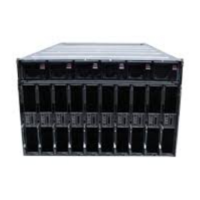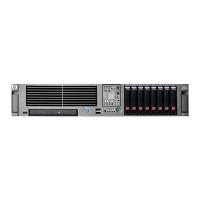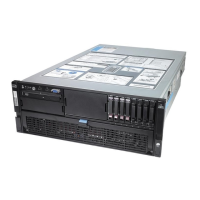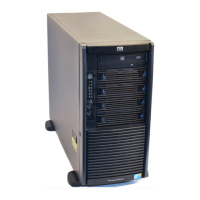98
Installing Q-Vet
Install and run Q-Vet from the SYSTEM account on VMS or the root account on UNIX.
Remember to install Q-Vet in each partition.
Tru64 UNIX
1. Make sure that there are no old Q-Vet or DECVET kits on the system by using the
following command:
setld -i | grep VET
Note the names of any listed kits, such as OTKBASExxx etc., and remove the kits using
qvet_uninstall if possible. Otherwise use the command
setld -d kit1_name kit2_name kit3_name
2. Copy the kit tar file (QVET_Vxxx.tar) to your system.
3. Be sure that there is no directory named output. If there is, move to another directory or
remove the output directory.
rm -r output
4. Untar the kit with the command
tar xvf QVET_Vxxx.tar
Note: The case of the file name may be different depending upon how it was stored on
the system. Also, you may need to enclose the file name in quotation marks if a semi-
colon is used.
5. Install the kit with the command
setld -l output
6. During the install, if you intend to use the GUI you must select the optional GUI subset
(QVETXOSFxxx).
7. The Q-Vet installation will size your system for devices and memory. It also runs
qvet_tune. You should answer ’
y’ to the questions that are asked about setting
parameters. If you do not, Q-Vet will not install and the Q-Vet kit will be deleted.
8. After the installation completes, you should delete the output directory with
rm -r
output.
You can also delete the kit tar file, QVET_Vxxx.tar.
9. You must
reboot the system before starting Q-Vet.
10. On reboot you can start Q-Vet GUI via
vet& or you can run non GUI (command line) via
vet -nw.
OpenVMS
1. Delete any QVETAXPxxx.A or QVETAXPxxx.EXE file from the current directory.
2. Copy the self-extracting kit image file (QVETAXPxxx.EXE) to the current directory.
3. We recommend but do not required, that you purge the system disk before installing Q-
Vet. This will free up space that may be needed for pagefile expansion during the
AUTOGEN phase.
$purge sys$sysdevice:[*…]*.*
4. Extract the kit saveset with the command:
$run QVETAXPxxx.EXE and verify that
the kit saveset was extracted by checking for the "Successful decompression" message.
5. Use
@sys$update:vmsinstal for the Q-Vet installation. The installation will size the
system for CPUs, IO devices and memory. If you do not intend to use the GUI, you
can answer
no to the question "Do you want to install Q-Vet with the DECwindows Motif
interface?" Otherwise choose all the default answers during the Q-Vet installation. Q-Vet
installation will verify, tune the system, and reboot.
6. After the installation completes you should delete the QVETAXP0xx.A file and the
QVETAXPxxx.EXE file.
7. On reboot you can start Q-Vet GUI via
$vet or the command interface via
$vet/int=char.
